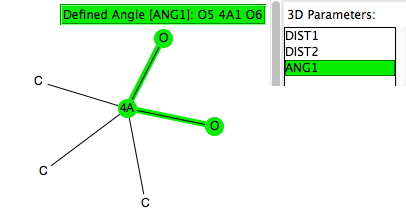
The title might give it away; this is my 500th blog post, the first having come some eight years ago. Very little online activity nowadays is excluded from measurement and so it is no surprise that this blog and another of my "other" scholarly endeavours, viz publishing in traditional journals, attract such "metrics" or statistics.



